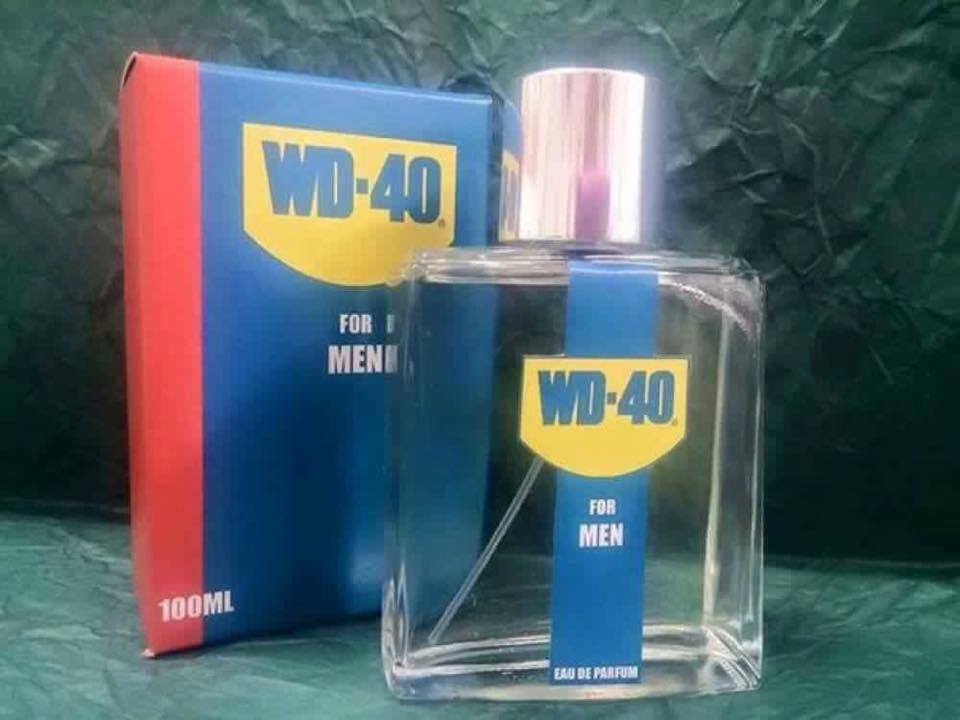it also says that ideal surface feet per minute for aluminum is 350-500 sfm, Mild steel is 100-150 sfpm, so basically aluminum cuts at 3-4x the speed of steel. Surface feet per minute isn't rpm though, and it varies with tool diameter. 1/4" bit at 400 sfm is 6100 rpm. 1/2" at 400 sfm is 3050 rpm. 1" is 1500 rpm. Most likely as fast as you can make that drill press go is how fast you want it running.
That's an important point, and one I made in No. 25 but without specific numbers. Both the feed rate, aka SFM (Surface Feet per Minute), and RPM (speed of the bit) must change with the material. Being harder, steel and cast iron are 25% of the SFM and RPM for aluminum. Any faster overheats the bit. So, yes, in this case the RPM should be set appropriate to the bit diameter and the material. Machining books often have tables for this.
Lower SFM has no drawbacks. If one periodically backs out when drilling aluminum the curls will better break, which reduces jamming of the flutes. I'll also stop the press and clean out the bit if I'm doing a number of holes. Prevents broken bits.
A drill bit sharpener is also handy to have around even when the bits don't break.


 I did find another product launch.. NO BS... Note I'm not responsible for the link content.
I did find another product launch.. NO BS... Note I'm not responsible for the link content.
